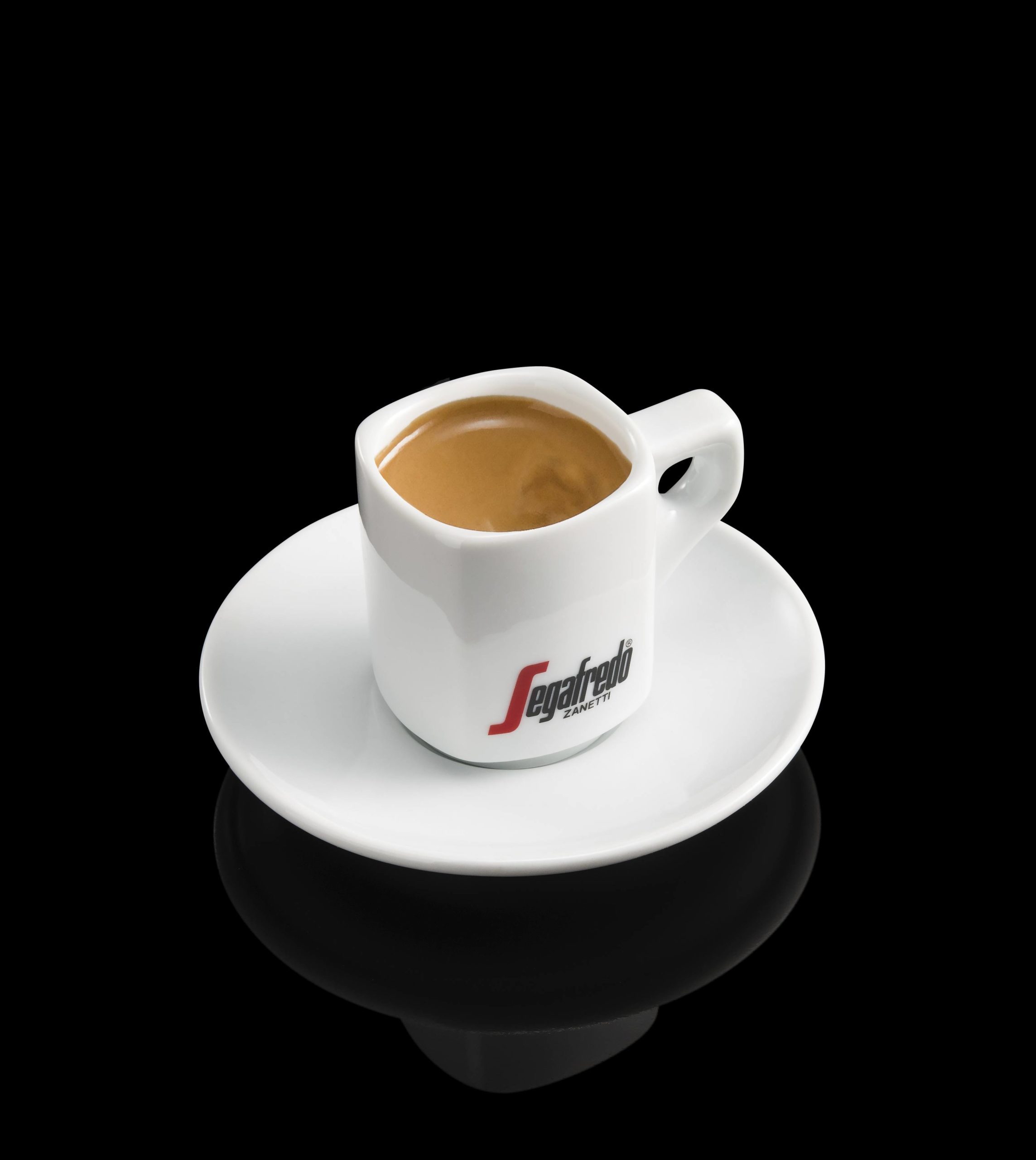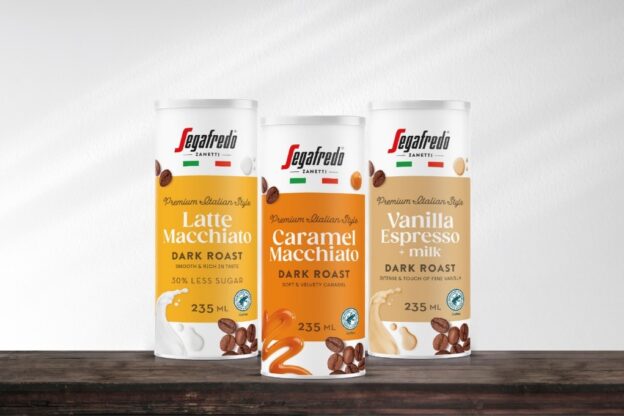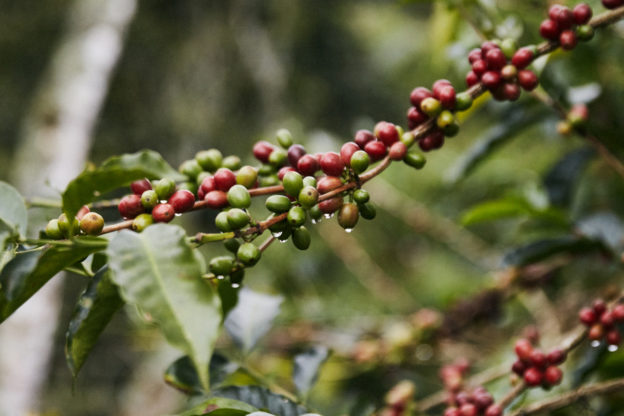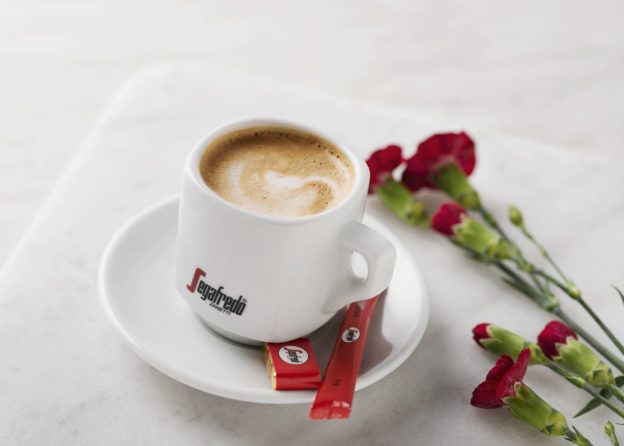Espresso is the base for most coffee drinks. Espresso is made from high-quality ground coffee beans in almost boiling water (max. 95 ° C). The fats in the coffee bean and the carbon dioxide in the water create a brown layer of foam on the surface of the drink, crema, which reveals the quality of the coffee. If the coffee beans have been ground for a long time, they dry out and lose their oil-bound aromas. This prevents the formation of a proper crema on the surface of the beverage. Also if the coffee is ground too coarsely, proper crema will not form on the surface of the espresso.
The base of the cappucino is one serving of espresso, topped with well-frothed milk. The milk is well ventilated, leaving the foam fluffy.
Caffè Latte is built into a tall glass of double espresso and plenty of steamed milk. Not too much air is blown into the milk, so it stays flowing unlike in a cappuccino.
– Especially in Italy, when ordering Caffè Latte, remember to ask for Caffè Latte instead of just Latte. When ordering Latte in Italy you might get a glass of milk as a practical joke, says Lasse Vidman, a barista at Meira.
Latte Macchiato means stained milk in Italian. This specialty coffee is built unlike the other coffee drinks. Plenty of steamed milk is first placed on the bottom of a long-shaped glass, after which one serving of espresso is poured on top.
The most common mistake when preparing Latte Macchiato is that the milk is frothed too fluffy, allowing the coffee to pour onto the bottom of the glass instead of being mixed with steamed milk, Vidman advises.
Espresso Macchiato is a rarer specialty coffee. The espresso is “smeared” with 5 ml of milk foam, which softens the taste of the strong espresso.
Specialty coffees with home machines
Segafredo Espressos are intended for home-made espressos. In addition to the coffee machine, drinks can conveniently be prepared with a moka pot on a stove. For delicious coffee, check out the tips by a professional barista.
Great coffee starts with fresh water, clean equipment and fresh, high-quality ingredients. Ground coffee beans lose their aroma over time, and the taste of the coffee will suffer.
Once opened, the coffee bag is best kept tightly closed in dark and at room temperature. When stored longer, store the coffee in a cool place, but bring it to room temperature before use. Too cold coffee grounds do not give off enough aromas during the extraction phase.
– Water filtration temperature and coffee dispensing are also crucial to make a successful coffee beverage. Many coffee machines dispense coffee beans automatically and heat the water according to the manufacturer’s adjustments, Vidman says.



